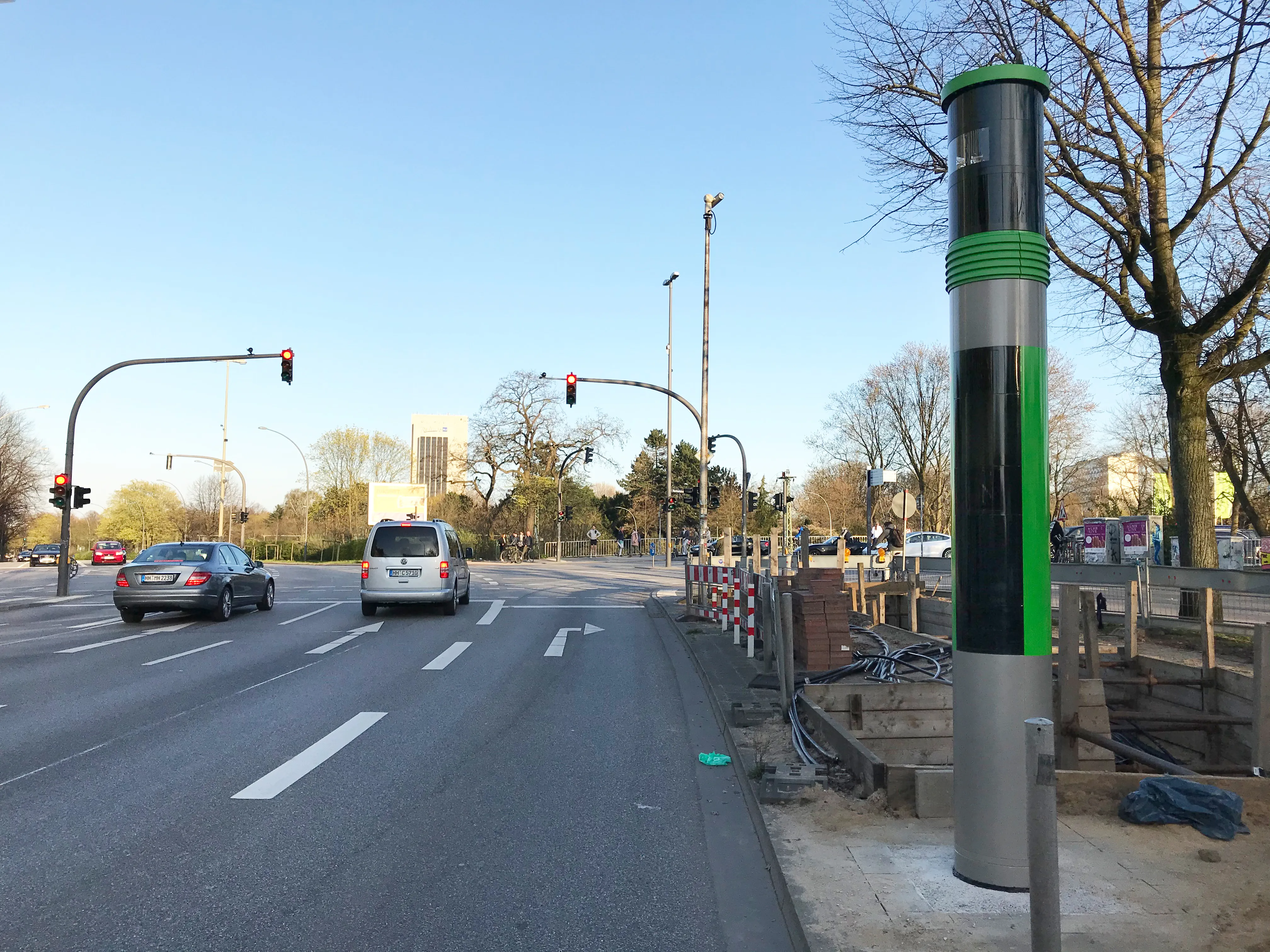Uber is deploying fourteen self-driving cars on the streets of Pittsburgh in a real-world test of the technology. The cars are Ford Fusions, equipped with lasers and cameras which collect 1.4 million distance measurements per second, and a human driver to make sure the drive goes smoothly.
Uber says real-world testing is critical to the success of this technology. And creating a viable alternative to individual car ownership is important to the future of cities.
Uber founder Anthony Levandowski says t
September 15, 2016
Read time: 1 min
Uber says real-world testing is critical to the success of this technology. And creating a viable alternative to individual car ownership is important to the future of cities.
Uber founder Anthony Levandowski says the company’s self-driving technology has the potential to reduce accidents, free up parking space in cities and cut congestion.









